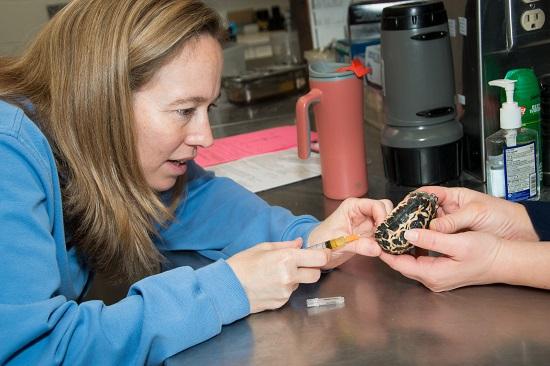Zoologists typically need at least a bachelor’s degree either in zoology or a closely related field, such as ecology. A zoologist may also earn an undergraduate degree in biology with coursework in zoology and wildlife biology, animal behavior and physiology, herpetology, mammalogy, ornithology, botany, chemistry, physics, statistics, and/or math. A master’s degree is often needed for more advanced work and a Ph.D. is necessary to lead independent research and for most university research positions.
You can get experience in zoology through volunteering or internships with the Denver Zoo, Cheyenne Mountain Zoo, Colorado Parks and Wildlife, the Wild Animal Sanctuary, Bird Conservancy of the Rockies, or wildlife rehabilitation centers like the Greenwood Wildlife Rehabilitation Center, Northern Colorado Wildlife Center. Also, professional associations like The Wildlife Society, which facilitates networking of wildlife professionals through an e-newsletter, an annual conference, and working groups and The Association of Zoos and Aquariums, which is a network of more than 6,000 zoo and aquarium professionals and organizations, and good places to find more information.

 Back to Career Explorer
Back to Career Explorer

